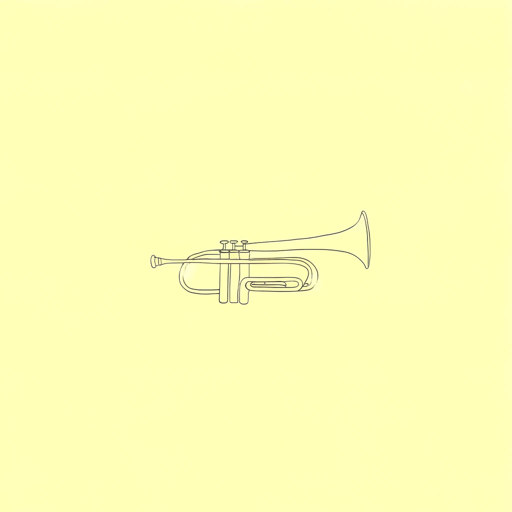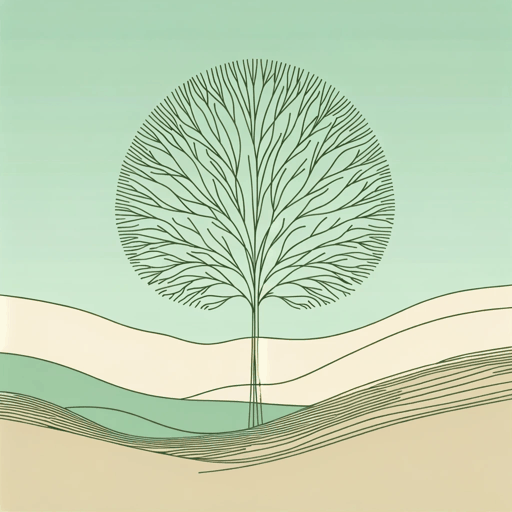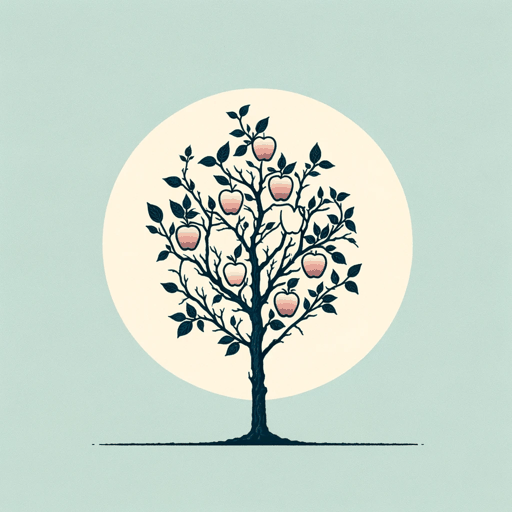18 pages • 36 minutes read
Claude McKayWhen Dawn Comes to the City
Fiction | Poem | Adult | Published in 1922A modern alternative to SparkNotes and CliffsNotes, SuperSummary offers high-quality Study Guides with detailed chapter summaries and analysis of major themes, characters, and more.
Background
Literary Context
McKay came of age as a poet at the moment when American poetry was in a period of flux, transitioning away from the reliable assumptions about how a poem sounds, how a poem looks, and how a poem scans. For nearly a century, America’s finest poets, resisting the implications of artistic independence and seeking the approbation of the British establishment, sought to demonstrate that this new world was capable of producing poetry on par with the established templates of British poetics that dated two centuries back. Given the radical impact of the First World War, however, a new generation of American poets sought to redefine the purpose and meaning of poetry, wrestling it from any single culture and opening it up to the skills, audacity, and ambition of the individual poet.
McKay, born in the last decade of the 19th century, was uniquely positioned to bring both literary influences into his own work. Introduced by his older brother to the iconic works of the British Romantics, McKay studied carefully the sculpted lines, the elevated diction, the tight rhymes that rewarded recitation and gave the lines their lilt and appeal. Much like the generation that dubbed themselves Modernists, McKay was restless with inherited forms.
Related Titles
By Claude McKay

America
Claude McKay

Home To Harlem
Claude McKay

If We Must Die
Claude McKay

Joy in the Woods
Claude McKay

The Harlem Dancer
Claude McKay

The Lynching
Claude McKay

The Tropics in New York
Claude McKay

The White House
Claude McKay

To One Coming North
Claude McKay

